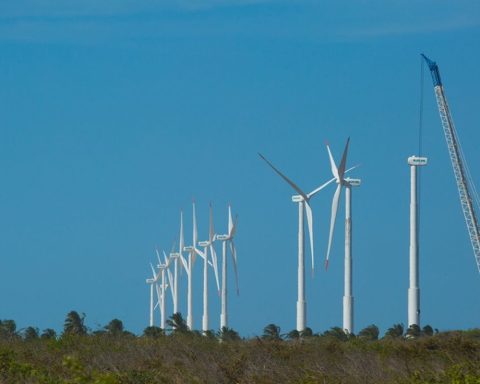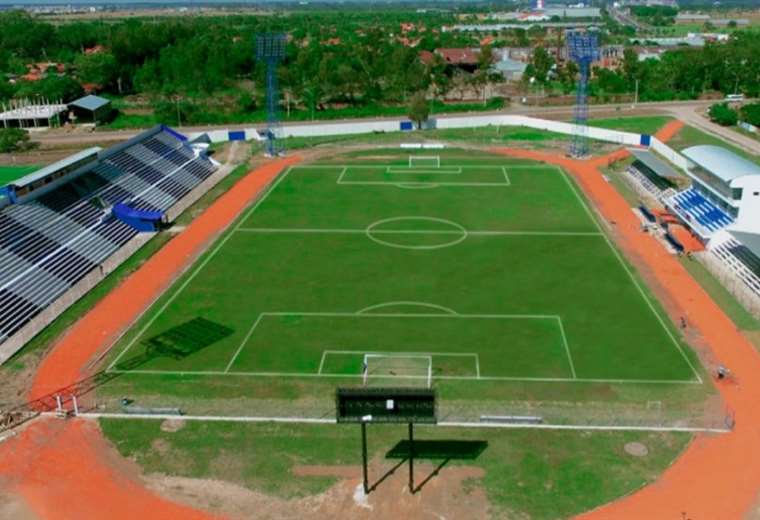The United Nations Children’s Fund (UNICEF) issued a warning on Monday (12) to municipalities in Amazonas affected by smoke from fires during the dry season.
For three days, the state capital, Manaus, has maintained covered areas, once again recording images similar to those of October 2023, when in a single day, there were 1,600 active fires in the state.
According to the platform that measures the Air Quality Index (AQI) in real time from the IQAir foundation, the city of Manaus currently records unhealthy quality for sensitive people, with an orange alert for impacts such as respiratory discomfort for children and the elderly, and people suffering from lung and heart diseases.
The alert considers the concentration of the eight main pollutants in the air and the associated health effects, on a scale of six levels, with orange being the fourth most serious.
Nutritionist and Unicef consultant in Manaus in the areas of emergency, health and nutrition, Neideana Ribeiro, advises that care for children in these cities needs to be redoubled.
“It is best to avoid exposure outside the home, outdoors, and wait for the air quality to improve so that the child has the possibility to go out and play outside,” he explains.
According to the professional, it is also necessary to increase hydration and wear a mask during times of greater exposure. For people with respiratory problems, such as asthma, it is necessary to keep medication at home to relieve symptoms, as per medical advice.
The Amazonas Health Surveillance Foundation, linked to the Amazonas State Health Department (SES-AM), was contacted by the report from Brazil Agencybut up until the time of publication of the article there was no response.
Fire
With the beginning of the dry season and the state’s Civil Defense warning of low levels in the Amazon Basin, the state government declared a state of emergency in Manaus and 22 other cities.
The practice of setting fires, with or without the use of controlled burning techniques, was also prohibited in the cities of Apuí; Novo Aripuanã; Manicoré; Humaitá; Canutama; Lábrea; Boca do Acre; Tapauá; Maués; Manaus; Iranduba; Novo Airão; Careiro da Várzea; Rio Preto da Eva; Itacoatiara; Presidente Figueiredo; Manacapuru; Careiro Castanho; Autazes; Silves; Itapiranga; and Manaquiri.
Since the beginning of August, the state has registered just over 3,000 alerts for fire outbreaks, according to the National Institute for Space Research (INPE) Burning Program. The most affected municipalities are Apuí, Novo Aripuanã and Lábrea.
















